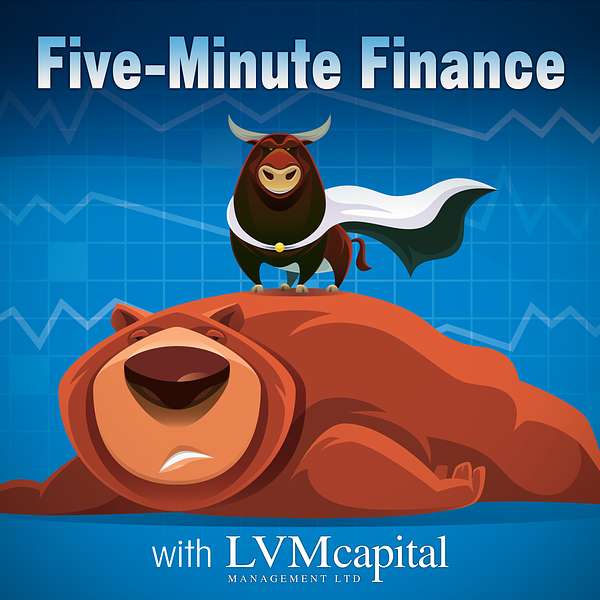
Five Minute Finance with LVM
Five Minute Finance with LVM
Market Returns During Recessions
Tyler and Jordan review the Commerce Department’s estimate of first quarter Gross Domestic Product (GDP) which showed the US economy contracted on a real (after inflation) basis. On a current dollar basis, GDP increased 6.5% or $380 billion to a level of $24.4 trillion. The price index for GDP purchases increased 7.8% which brought the nominal growth to negative real growth. Economists estimated the economy would grow at an annual rate of 1.1%, but the first release showed the economy actually contracted by 1.4%. The decrease in real GDP reflected a decrease in private inventory, exports, and government spending. Personal consumption and private business spending partially offset those declines.
Going back to 1950 the US economy has contracted in 11 different periods. The average peak to trough contraction in the economy is just over 11 months. The shortest contraction was during the 2020 recession which only lasted 2 months peak to trough. The longest peak to trough contraction was during the financial crisis from 2007 to 2009 which lasted 18 months.
The median S&P 500 return from the peak month of the economic cycle to the trough month is a loss of 11.25% (interestingly, the S&P 500 is down 11.8% since the start of the year). The worst market return during an economic contraction was 35% during the financial crisis. The best return was just over 17% during the post-Korean war recession in 1953. The S&P 500 has returned on average 9.9% annually in the two years leading up the recession with returns nearing 14% two years after the recession ends. The unemployment rate at the start of a recession has averaged 4.7% and climbs to 8.1% at the end of the recession. The current unemployment rate is 3.6%.
As shown by the decline in the real economy, inflation continues to impact consumers and business. Tyler and Jordan discuss some recent earnings releases in which companies continue to mention inflationary pressures impacting operations. Tyler and Jordan discuss the current strength in consumer balance sheets, income, and spending that could keep the economy from falling into a recession.